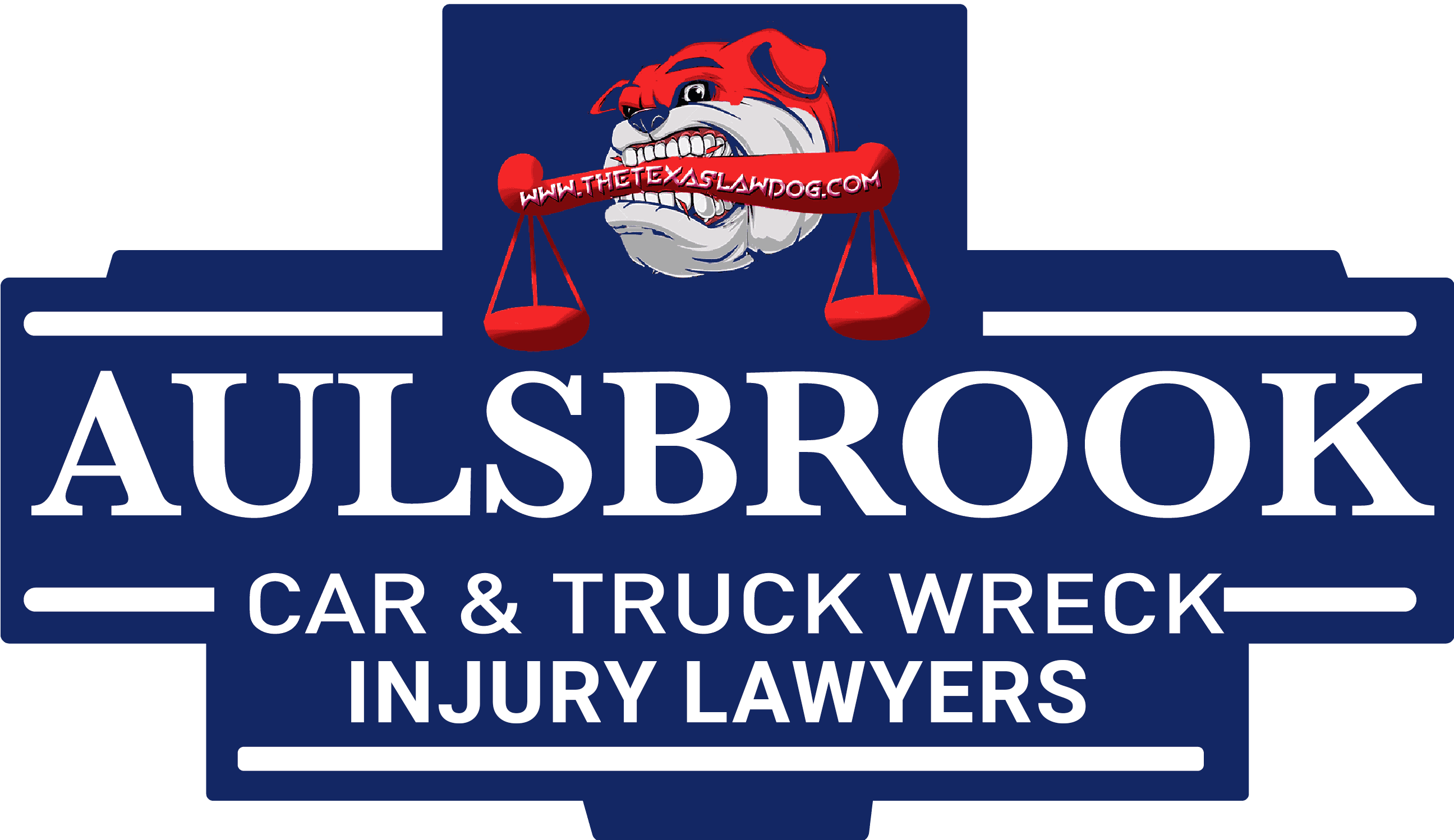Damages in Colleyville Pedestrian Accidents
One thing that is very important to understand about pedestrian accident claims—and about personal injury lawsuits in general—is that the purpose of civil litigation is not to give you an arbitrary amount of money meant to make you forget the accident ever happened. Instead, the goal is to reimburse you for specific forms of harm you have already suffered and are likely to suffer in the future because of someone else’s negligence, so you can move on with your life as effectively as possible afterwards.
With that in mind, it should not come as a surprise to hear that recoverable damages in Colleyville pedestrian accidents can vary a lot from case to case, depending on what specific injuries the pedestrian sustained and what impact those injuries will have on their life specifically. No matter what, though, support from a seasoned pedestrian accident attorney will almost always be crucial to efficiently identifying, assigning a fair financial value to, and getting paid for losses caused by a driver’s misconduct.
Recovering for Economic Losses and Expenses
“Compensatory damages” are meant to “compensate” an injured person for specific losses, as mentioned above, and can be divided into two categories: economic and non-economic. The former is much more straightforward than the latter, since it covers losses like medical expenses and lost work income which can be proven through objective and quantitative evidence like bills, receipts, pay stubs, and tax returns.
It is worth reiterating, though, that it is important to seek recovery not just for monetary losses that have already occurred by the time the case process begins, but also expenses the injured Colleyville pedestrian can expect to have in the future as a direct result of their injury. It can also be important to seek recovery for expenses that are indirectly related to an accident—for example, bus fare to allow someone who used to walk everywhere to get around while recovering from their injuries.
Accurately Valuing “Non-Economic” Harm
By comparison, “non-economic” damages are much more subjective than economic damages, and their value can only be determined qualitatively based on the unique experiences and needs of the person who sustains them. The quintessential example of non-economic harm from a pedestrian accident is “pain and suffering,” but it should be emphasized that this can cover both physical and emotional discomfort, as well as psychological trauma such as post-traumatic stress disorder.
Because these damages are so subjective, the methodology for assigning financial value to them during a Colleyville pedestrian accident claim can change a lot from case to case. Two particularly common methods, though, are calculating non-economic damages as a multiplication of all economic damages combined, and equating a day of “pain and suffering” to be roughly equivalent in financial terms to a day of income from work.
Trust Our Colleyville Attorneys to Help Maximize Damages in a Pedestrian Accident Claim
Even if it seems obvious that someone else is directly at fault for you getting hurt in a traffic accident while walking, actually making them—or, as is more commonly the case in practice, their insurance company—pay fairly for all your ensuing losses can be far from simple. In fact, it can be virtually impossible to get the full amount of restitution to which you should be entitled if you try to navigate the civil litigation process entirely on your own.
Fortunately, you have assistance available with getting paid fairly for damages in a Colleyville pedestrian accident from an experienced and compassionate legal representative. Reach out to our firm today to discuss your options.

